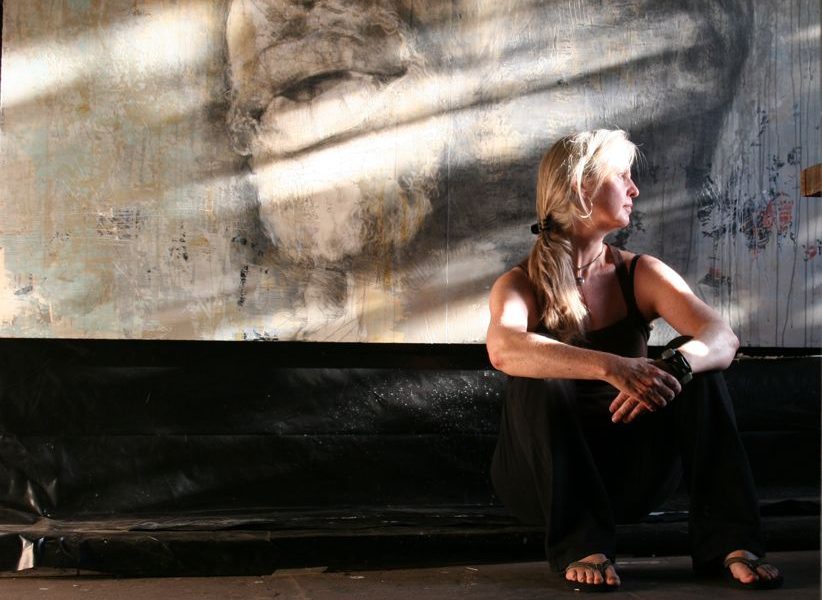

Today we’d like to introduce you to Suzy Schultz.
So, before we jump into specific questions about the business, why don’t you give us some details about you and your story.
I have always drawn; even as a child. My mother is an artist and always encouraged me to create artwork. At an early age, I was exposed to art centers, fairs, and the world of artists. It always intrigued me, and I thought one day I might like to be a part of it myself. However, I was intimidated by anything beyond drawing and didn’t begin painting until my mid-thirties.
My path has not exactly been a straight one. In college, I studied math education and taught high school for about 4 1/2 years. In the late 80’s, I lived overseas in Poland. When I got back, I did some tutoring and worked part-time in a frame shop.
While having lunch with a friend of mine, I was introduced to my future boss, who worked for a missions agency and had just been hired to redo the agency’s promotional materials. He saw some of my photography, drawings and writings, and invited me to do a drawing for a brochure; then had me learn to design it on the Mac.
He slowly gave me more and more projects; and before long I was working there full time doing design for t-shirts, brochures and artwork for the magazines. His gift is investing in people, and he invested in me as an artist, and I thrived in that environment.
When he and his family left to go on the mission field 6 years later, he told me that if I stayed I wouldn’t do much painting, but a lot of proofing and typesetting and my job would be gone in 2 months. Instead, he encouraged me to paint full time. That was 23 years ago. I knew he was right, so I found a studio space and started finding venues for selling the kind of work I wanted to do.
When I first started doing artwork full time, I went through a very dark couple of years. I had just left a job with a steady paycheck, a mentoring relationship with my boss, and an environment that was sort of a Christian bubble. It seemed like everything familiar was gone. It was a time when I was forced to re-evaluate a lot of things. Things that were familiar were being taken away, so I had to learn to find the things in my life that really grounded me.
I sought out subjects that had gone through weathering, suffering or hardship and had come out on the other side, and gained a beauty or dignity through that. I was looking for something that gave me hope that the weathering I was going through would produce that in me as well.
When I started out on my own, other artists whose advice I sought advised me to find three ways to make a living. For me, these were: editorial illustration, portraiture and fine art. Over the years, the illustration dropped off, and I have been doing more and more fine art, as well as some portraiture.
In the last three years, I have also been exploring a very different direction, dimensionally. It began when I revisited my hometown of St. Petersburg, FL. While there, I rented studio space in a warehouse with a group of street and mural artists. Watching them paint big, I was inspired to take on a wall at the warehouse and painted my first large mural. I loved it. Since then, I have done a couple of murals in Atlanta.
My first commissioned mural was on the wall of Langford’s Barbershop and Style Center in the Kirkwood neighborhood of Atlanta. Mike Langford, the owner, and I worked on the concept and he came up with 5 people he’d like to see featured on the wall. All of them are deceased and were business owners, and influential in Mr. Langford’s life. So the mural is kind of like a Mount Rushmore of Kirkwood.
As I worked on the mural, people would come by and tell me stories of the people I was painting. As I would get water from the shop during the six weeks I worked there, I got to know the men working at the barbershop. The people I painted had a big impact on Mike Langford’s life, and I watched the barbers at Langford’s have the same role as the young men who came into their shop. I saw what a great community they had created. Painting the mural allowed me to become a part of something bigger – and part of that community and I’m thankful for that.
My second mural was part of the “Art on the Atlanta Beltline” in southwest Atlanta.
One of my neighbors who had been a part of my singer series came into my studio and sang while I photographed him. He sang gospel songs his mother had sung to him as a child, and he transformed my space as he sang. There is something so powerful about the old hymns. I thought it would be cool to bring the energy he brought into the studio out onto the beltline.
My friend and bandmate, Paul Pendery of Pendery/Pepper Productions, was there recording and taking photos, and put together a video featuring my neighbor singing, with footage of the progress of the mural. You can see/hear it at www.suzyschultz.net/beltline-singer.
Music is important to my work and my life. I play flute, guitar and cello and sing with a group called “Mockingbird’s Wing” – mostly singer/songwriter/folk type music. The camaraderie of playing with a group is a welcome change to the solitude of painting and drawing.
Overall, has it been relatively smooth? If not, what were some of the struggles along the way?
I can’t imagine doing anything other than what I’m doing, and I’m thankful that I am able to live full time as an artist because I think it helps keep me sane, helps me to interpret and deal with the world around me.
As I mentioned before, when I first started out on my own, I felt unmoored. I started learning, and am still learning, that anything worth having requires risk and sometimes great periods of discouragement. I found that focusing on drawing and painting those objects that had weathered, and had become more beautiful because of it, grounded me. In some ways, the process of creating helped me to connect more to my faith – in practicing being both a vessel and a participant. And when those unexpectedly beautiful parts of a painting happened, I felt a sense of grace.
Because I don’t have formal training, I was pushed to paint beyond the technique I had. Since I didn’t have a track record, any time a painting wasn’t going well, I would doubt that I had the talent or was able to create artwork. A bad painting would make me feel like I would never be able to paint a good painting again.
Now, after all these years, I know that that is part of the process. Usually, at some point in a painting, it’s not working, but, instead of that bringing me despair, I know that I just have to push through this stage, and I can usually make the painting work. Often it is this very struggle that pushes me to new places and the piece becomes something far better than where it began.
Now that I have many more technical skills, the struggle is to continue to paint beyond my technique – to do something new that I haven’t done before. I find that if I stay in my comfort zone, I start to feel like I’m just creating a product, and my creative juices dry up a bit.
For an artist, there is always the struggle between what you think will sell, and what you are moved to paint. I find that when I am painting, I need to have a heightened sense of the things around me – to pay attention to what moves me, whether painful or joyful and to forget, while in that mode of creating, about whether the piece will sell.
When a piece or artwork is finished, then I put on a different hat – my marketing hat – and try to figure out which market is a good fit for the work. To have on the marketing hat while painting is a killer to the creative process, so I try to keep that hat far away while I’m working on a piece.
One of the things that has helped a lot, in the long run, is finding a group of artists that I consider my tribe. We meet once a week, work from the figure and then either go out to eat or make a meal together. All week I look forward to those sessions, and the conversations afterwards.
Please tell us about Suzy Schultz.
I am a painter – an artist and work in the mediums of watercolor, oil, graphite, and etching.
This is my artist statement:
“There is a first innocence – a beauty that is young, unmarried, untested. There is a second innocence – one in which the beauty is a result of the scars borne from the battles of life. I am interested in this second innocence.
I work the surface. I sand, layer, and scar, wanting to reproduce a piece that has a patina of age, and it is out of these surfaces that figures emerge. I seek figures, faces that seem to be familiar with the tensions of life. That bear some battle scars. And yet, have victory, even if a crippled or limping one.”
One of the things that brings me joy is knowing that my work has moved people. I used to do outdoor shows and would put quotes and song lyrics or hymns up with the artwork. When people would stop and stay for a while, and read those, that meant a lot to me.
When someone buys a piece because it speaks deeply to them, I’m always moved by that.
I’m always trying to paint beyond the technique I have – to push myself to try something different. When I can pull that off, and get effects I see in other, more advanced painters work, that is really satisfying. I think I keep painting because of the glimpses of that that I get along the way.
If you had to go back in time and start over, would you have done anything differently?
That’s a hard question. I am self-taught, and I have my own style because of that; but I often wonder if I would be further along if I had attended an art atelier early on. I still contemplate going for a month or two for an intense study to improve my skills.
In starting out, I used a shotgun approach – applying to a lot of shows in a lot of different venues to get exposure. I wonder sometimes if I should have used a more laser-focused approach, applying only to the top venues. But then, everything seems to be a part of the place I am in now.
One of the things I am learning to do, later in life, is not to do everything myself. There are people who are much better at the things – writing, marketing, promoting etc.-which could better run my business. I am learning to ask them for help, and wish I had done that earlier.
Pricing:
- prices range from $50 for some etchings/drawings to $20,000 for larger paintings
- portraits range from $450 – $2400
Contact Info:
- Website: www.suzyschultz.net
- Phone: 678-595-8039
- Email: www.suzy@suzyschultz.net
- Instagram: @suzyschultz11
- Facebook: https://www.facebook.com/suzyschultzart/







 Image Credit:
Image Credit:
Susanne Swing Slack
Getting in touch: VoyageATL is built on recommendations from the community; it’s how we uncover hidden gems, so if you know someone who deserves recognition please let us know here.


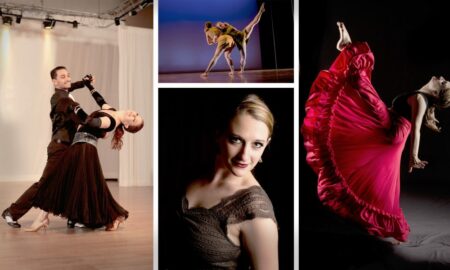
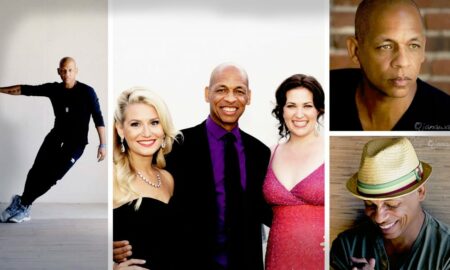








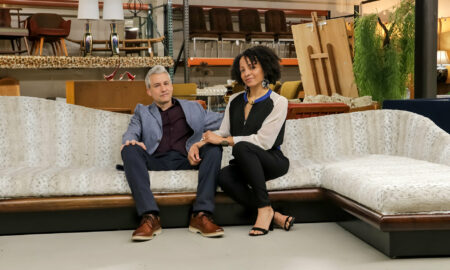
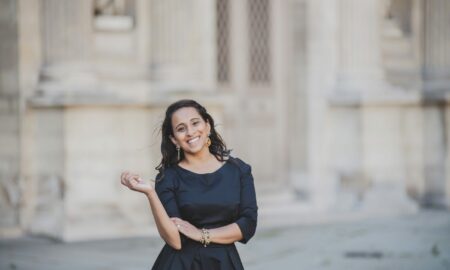
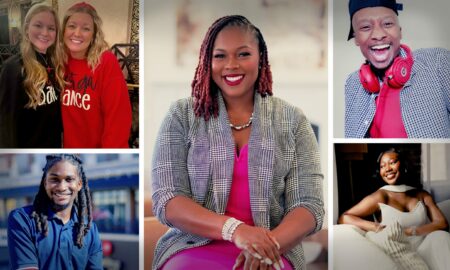
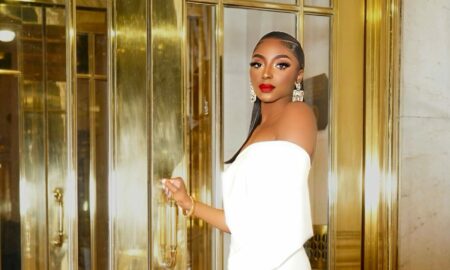
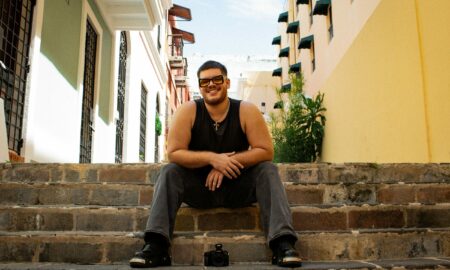
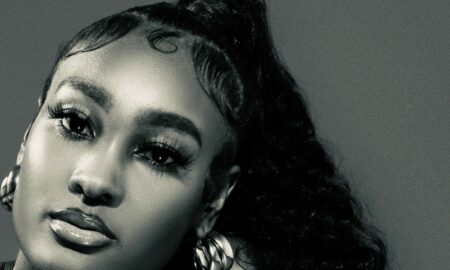

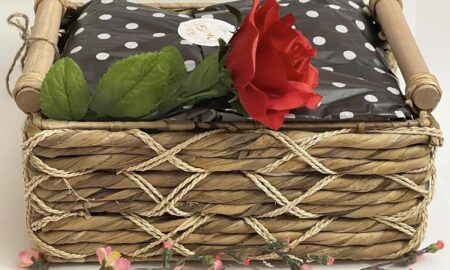
Jill
July 28, 2018 at 6:01 pm
Great article and photos!